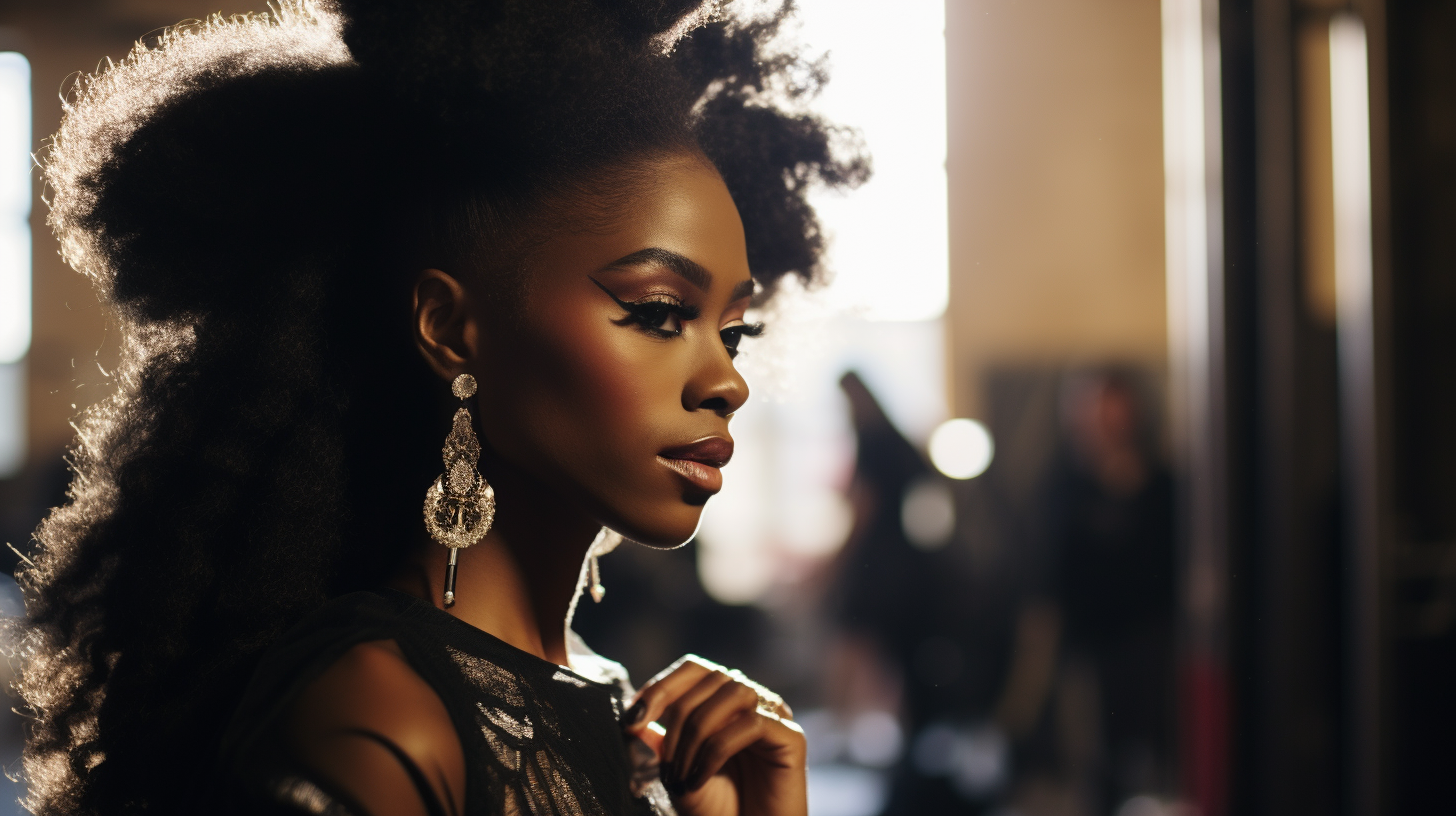Introduction
For aspiring models embarking on their careers, one of the first and most vital steps is signing a modeling contract before agreeing to any paid work. Whether it’s a photoshoot, runway show, campaign, or other modeling job, a binding agreement is essential to protect the model’s interests, ensure fair compensation, and establish a professional working relationship with the client.
This article will examine why new models should make obtaining a signed modeling contract a prerequisite before accepting any modeling jobs or agreeing to participate in photoshoots. The agreement establishes clear expectations, prevents misunderstandings, guarantees proper payment, provides legal protection, and exhibits the model’s professionalism. Read on to learn why no model should work without paperwork in order!
Protects the Model’s Rights and Interests
The most significant benefit of a signed modeling contract is the legal protection of the model’s rights and interests. The agreement formally outlines crucial details such as:
- The exact job scope and requirements (number of hours or days, types of photos/video, poses, outfits, etc.)
- Content usage rights – what and how can be done with the content
- Exclusivity clauses – whether the model is permitted to do other similar work
- Payment terms – the agreed-upon rate and payment schedule
- Confidentiality clauses – whether the client can publicly discuss details of the shoot
- Ability to cancel or reschedule the shoot if needed
- Who covers travel, food, and other expenses
Formal contracts define these critical expectations for the model and client. There is no room for assumptions or miscommunications that could otherwise lead to severe problems or disputes after the fact. The agreement makes everything transparent upfront.
Most importantly, it safeguards the model from potential exploitation or pressure to exceed boundaries. Unfortunately, some agencies and photographers exploit new models’ eagerness to start their careers. For example, a photographer may ask the model to do nude shots under claims it will “help build her portfolio” even if she is uncomfortable with nudity. Or an agency might pressure the model to work 12-hour days for very little pay by saying, “This is standard practice in the industry.”
A modeling contract prevents predatory behaviors by giving the model complete control to define what types of photos/videos are permitted and assigning agreed-upon rates and work hours upfront. In addition, “risqué” content (implied nudity, suggestive poses, etc.) can be approved by the agency or client beforehand. With a contract established early, the model has legal leverage to cancel the job or take other recourse if the other party oversteps boundaries or acts unprofessionally.
Defines the Scope of the Photoshoot or Job
In addition to preventing misuse and exploitation, a modeling contract clearly defines the scope of the photoshoot or job. All essential details should be spelled out, such as:
- Date, time, and exact location of the shoot
- Number of hours or days required
- Approximate number of outfits, poses, or photos needed
- Who will provide clothing and styling – model or client
- Private changing facilities if needed
- Timing and length of any breaks
- Overall tone or theme of the photoshoot
By aligning these logistical and creative details upfront through a formal contract, both model and photographer or agency enter the job with the same vision and expectations. There is no confusion about what is required or how long the shoot will take. The model can prepare outfits, groom herself, and plan transportation appropriately based on predefined shoot details.
And if the client later pressures for more photos, more risqué poses, more extended hours than agreed upon, or other unreasonable requests, the model can point to the contract scope as the guiding standard. Any required changes or additions should require re-negotiation and updates to the contract to protect the model’s interests.
Having the photo shoot or job scope clearly defined in writing allows the process to run more smoothly and professionally while giving the model legal grounds to refuse to expand beyond the agreed-upon scope.
Ensures Fair Compensation
An essential part of any modeling contract is the payment terms, guaranteeing the model will receive fair compensation. Sadly, many aspiring models have faced the issue of needing to be paid by agencies and photographers after finishing modeling jobs.
It is essential that the contract clearly defines a model’s compensation rate and payment schedule/terms to prevent such financial exploitation from occurring. Here are some typical payment details you need to include:
- Model’s hourly or daily rate
- Any usage-based charges (fees for each photo used)
- Flat project fee for the entire shoot/job
- Payment schedule – such as 50% upfront, remainder upon completion
- Method or forms of payment – check, bank transfer, etc.
- Reimbursement for any travel costs like flights and hotels
- Covering costs for grooming, clothing, or other model expenses
Furthermore, the contract should specify what actions or penalties the client may face if the model does not receive payment as agreed. As a result, actionable recourse is available.
Having such formally predefined compensation details eliminates any “he said, she said” discrepancies or confusion. If the client fails to pay or underpays, the model has legal proof and can take action. Undervaluing or exploiting the model is prevented by this.
Demonstrates Professionalism

The model can also benefit from modeling contracts by displaying professionalism and business savvy. Signing contracts for all jobs shows the client and modeling agencies that this model takes the business and legal side of modeling seriously.
Many established brands and agencies prefer working with models who present themselves professionally and understand modeling is a real business – not just showing up and looking pretty. Bringing a contract to the table demonstrates the model truly understands her profession requires legally protecting herself. Agencies perceive these models as more competent and seasoned than newbies excited to get photos for their portfolio.
Models who present contracts make the agency or client take them seriously as seasoned professionals. It is more common to approach models as professionals who exchange their services (modeling/posing) for compensation than as simple volunteers. The model is running a business rather than just helping -earning respect as a professional.
Furthermore, having contracts signed before all jobs streamlines the process for future work for models. Once an agency or photographer has agreed to the model’s standard contract once, they are more willing to sign it repetitively moving forward. The model does not need to re-negotiate basic legal protections and payments whenever she shoots. Modeling contracts enforce consistent professional treatment.
Provides Legal Recourse
Finally, having a modeling contract provides vital legal recourse and leverage if a dispute does arise during or after a shoot. Although rare, sometimes issues arise where the agency or photographer does not uphold their end of the deal. For example:
- The photographer uses photos in unauthorized ways not agreed upon in the contract, such as selling the images or submitting them to adult websites.
- The agency pressures the model to exceed the agreed-upon scope of work, such as shooting for 14 hours instead of the contracted 8 hours.
- The client must pay the model per the agreed-upon schedule and rate.
- Another company breached the exclusivity clause by using the photos for a different advertisement.
In scenarios like these, where the client breaches the contract terms, the model has legal options to pursue resolution thanks to a binding contract. She could threaten or pursue actual litigation against the agency or photographer for breach of contractual obligations.
With a modeling contract signed, the model has more real legal leverage. Verbal agreements and “handshake” deals carry no weight in court. But with a signed document, the model has substantial legal grounds to send “cease and desist” letters or file an actual lawsuit to get compensated if wronged. This protection is invaluable.
Conclusion
In conclusion, while the glitz and glamour of modeling are alluring, new models should understand it is a professional business that requires protecting oneself legally before accepting paid jobs. Signing a modeling contract should be a mandatory first step when starting.
The contract protects the model’s interests, sets clear expectations for the photoshoot or job, guarantees fair compensation, exhibits professionalism, and provides legal leverage if needed. To accept any offer, models need to have signed documentation. Do your due diligence to understand your rights and influence as a model before putting yourself out there. Sign on the dotted line and then strut your stuff!


